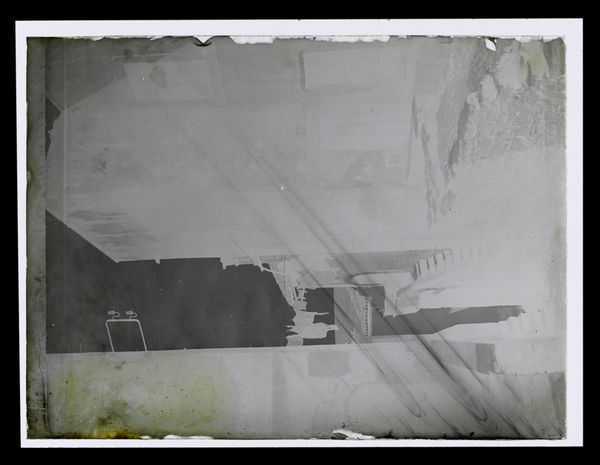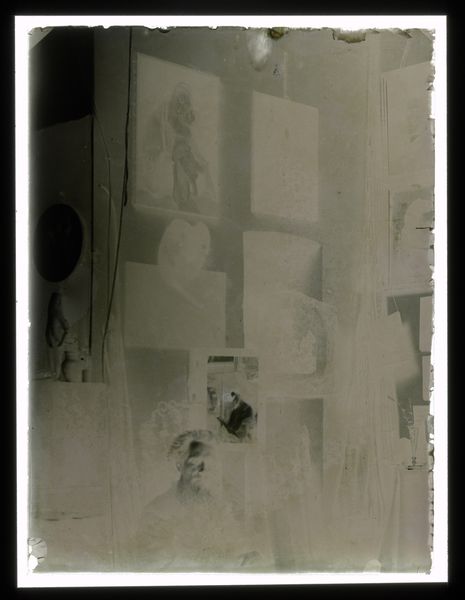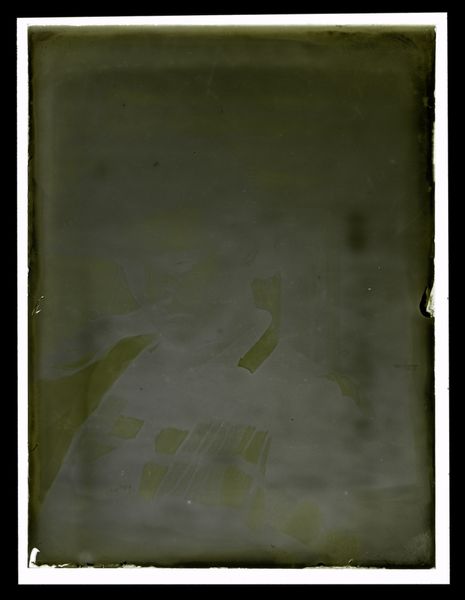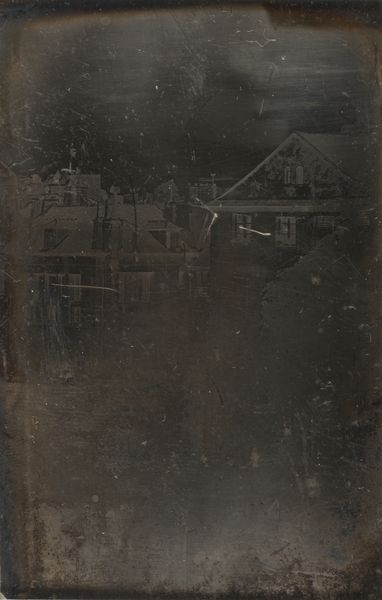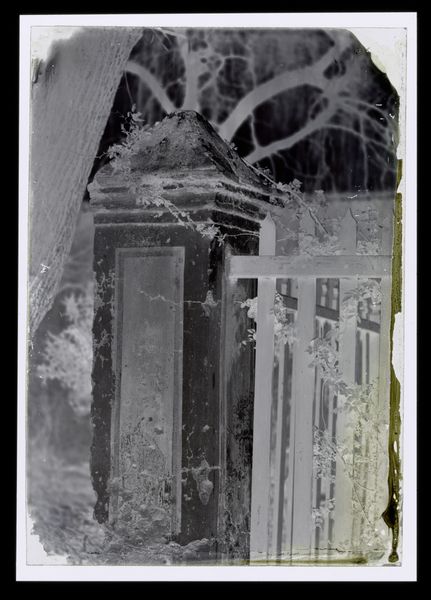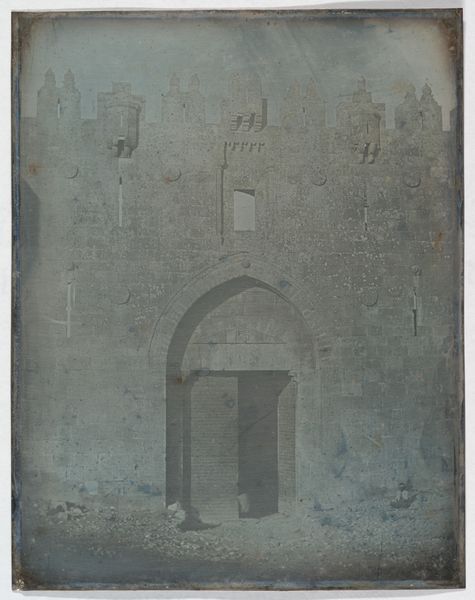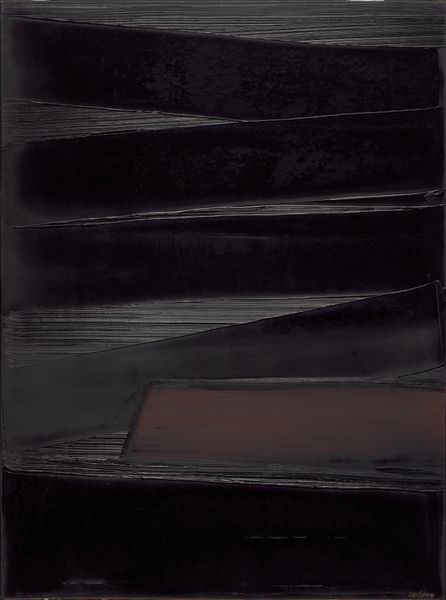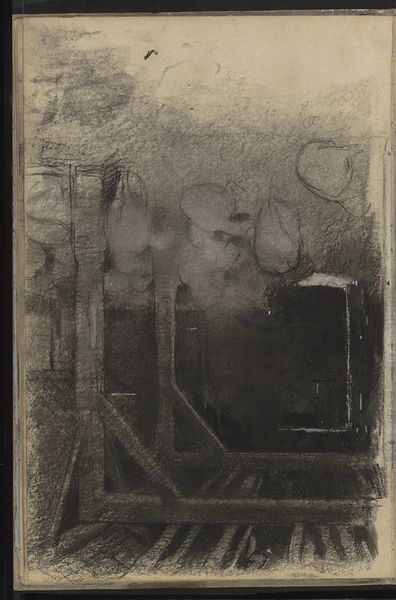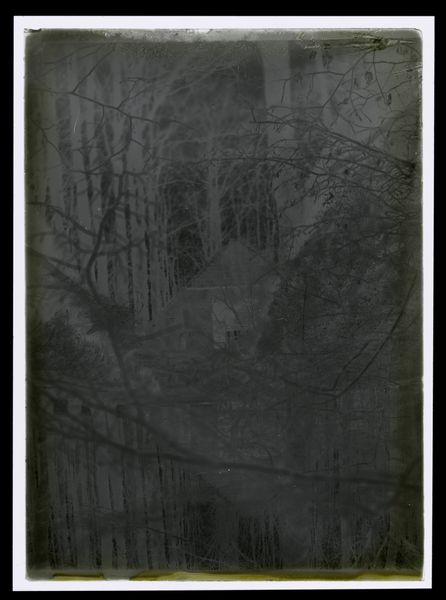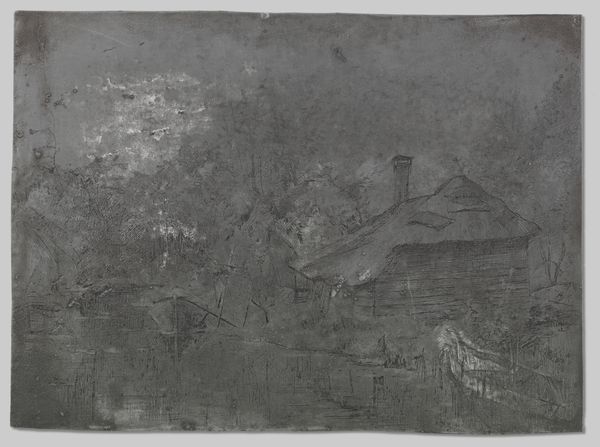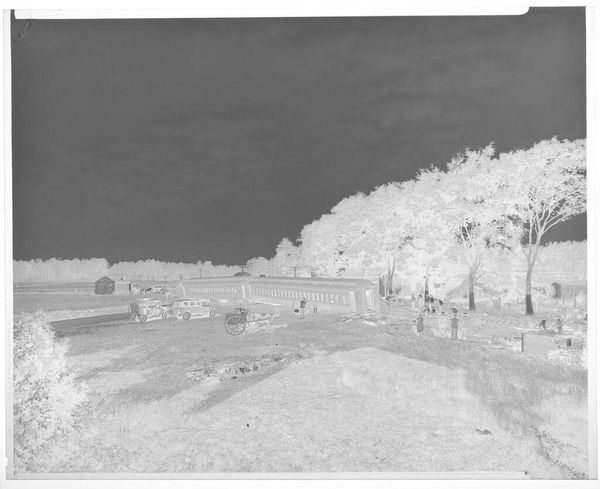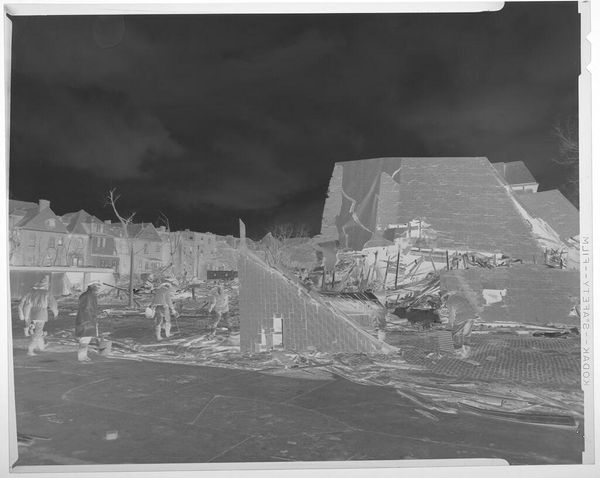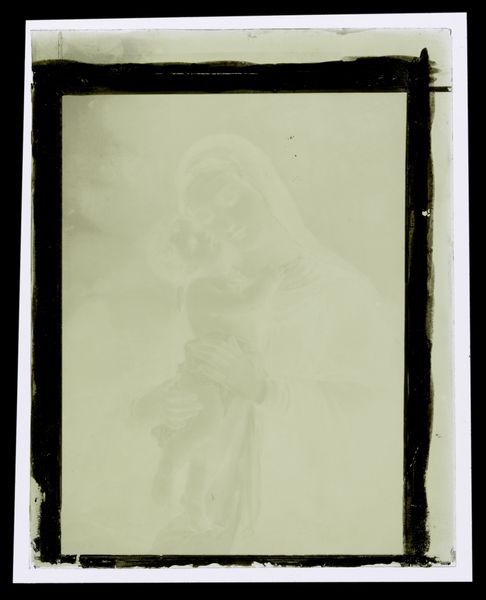
photography
#
landscape
#
photography
#
realism
Dimensions: height 119 mm, width 89 mm
Copyright: Rijks Museum: Open Domain
Editor: So, this photograph, "Gezicht op een stenen huis," taken sometime between 1865 and 1900 by Laurens Lodewijk Kleijn, presents a rather stark, almost ghostly image. It’s a stone house, plainly rendered. What can we say about the social implications of photographing such a seemingly mundane subject at this time? Curator: That’s an insightful starting point. Think about the rise of photography in the late 19th century and its democratization of image-making. Prior to this, images of houses and landscapes were largely confined to the realm of wealthy patrons and artists. Here, Kleijn seems to be documenting something very ordinary, even humble. Who might have been the intended audience for such a photograph? Editor: Perhaps a growing middle class interested in recording their own lives and surroundings, or perhaps aspiring to such a dwelling? The Realism tag suggests that maybe it's about authenticity. Curator: Exactly. Photography became a tool for social documentation, allowing for a wider representation of life beyond the aristocracy. The house itself, its architecture, the surrounding land – these all speak to the social and economic context of the period. Editor: The photograph's starkness also seems to remove any romanticism usually found in landscape painting. Is this an attempt to be purely objective, a kind of social record? Curator: I think that is part of it. But remember, the choice of subject, even a seemingly 'objective' recording, always reflects a particular point of view. What does it say about what was deemed worthy of preservation, and for whom? The act of choosing *this* house speaks volumes. Editor: So, this isn't just a picture of a house, but a statement about a changing society and the power of photography to redefine what’s considered important to record? Curator: Precisely. It reveals a shift in social and aesthetic values, showing the emergence of a new visual language documenting everyday life. Editor: That reframes the image entirely. I went from thinking it was just an uninspired picture of a house to a complex statement about class and social values. Curator: And that's the beauty of examining art through a socio-historical lens. It makes us question the choices behind the images we see.
Comments
No comments
Be the first to comment and join the conversation on the ultimate creative platform.
